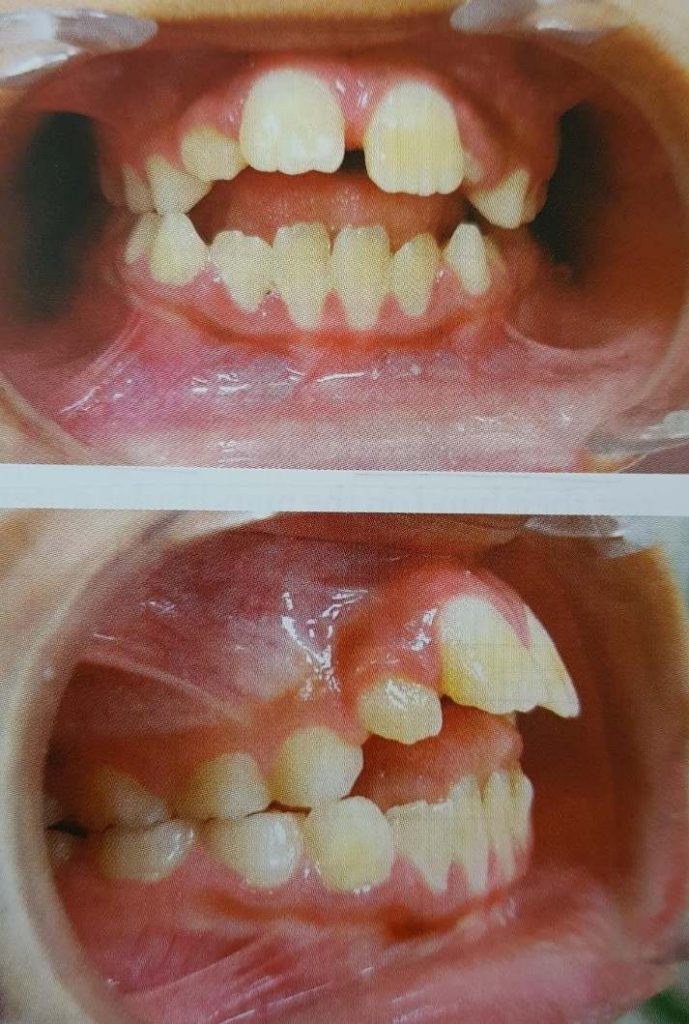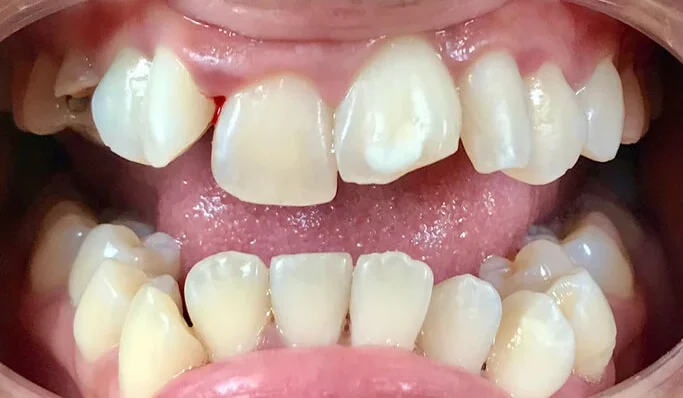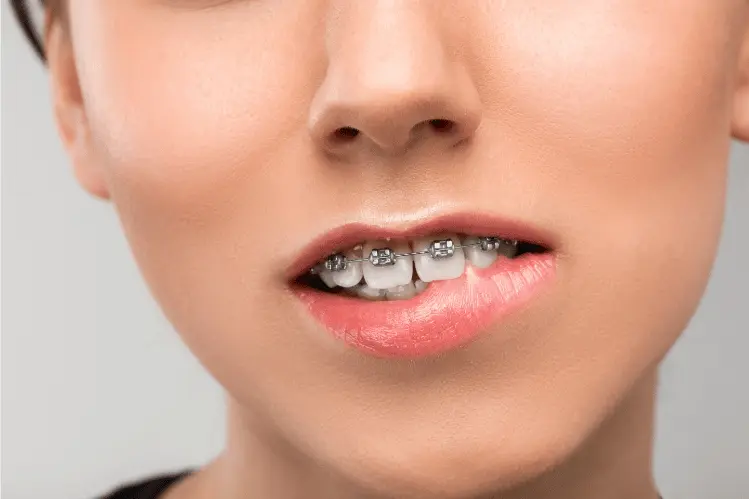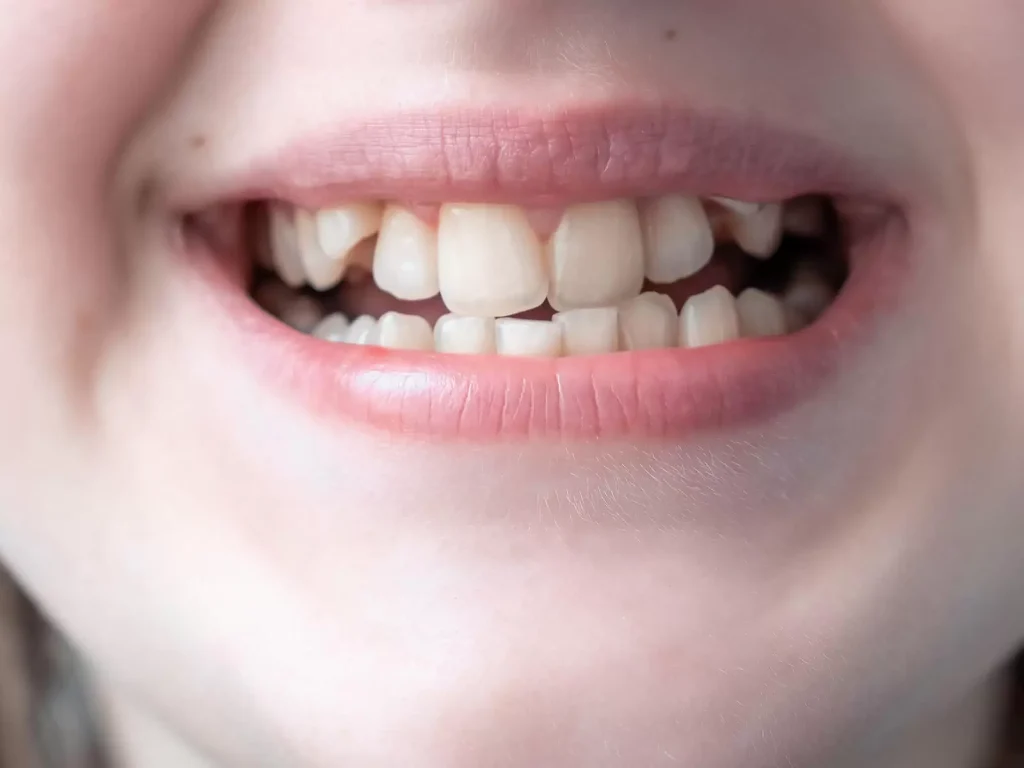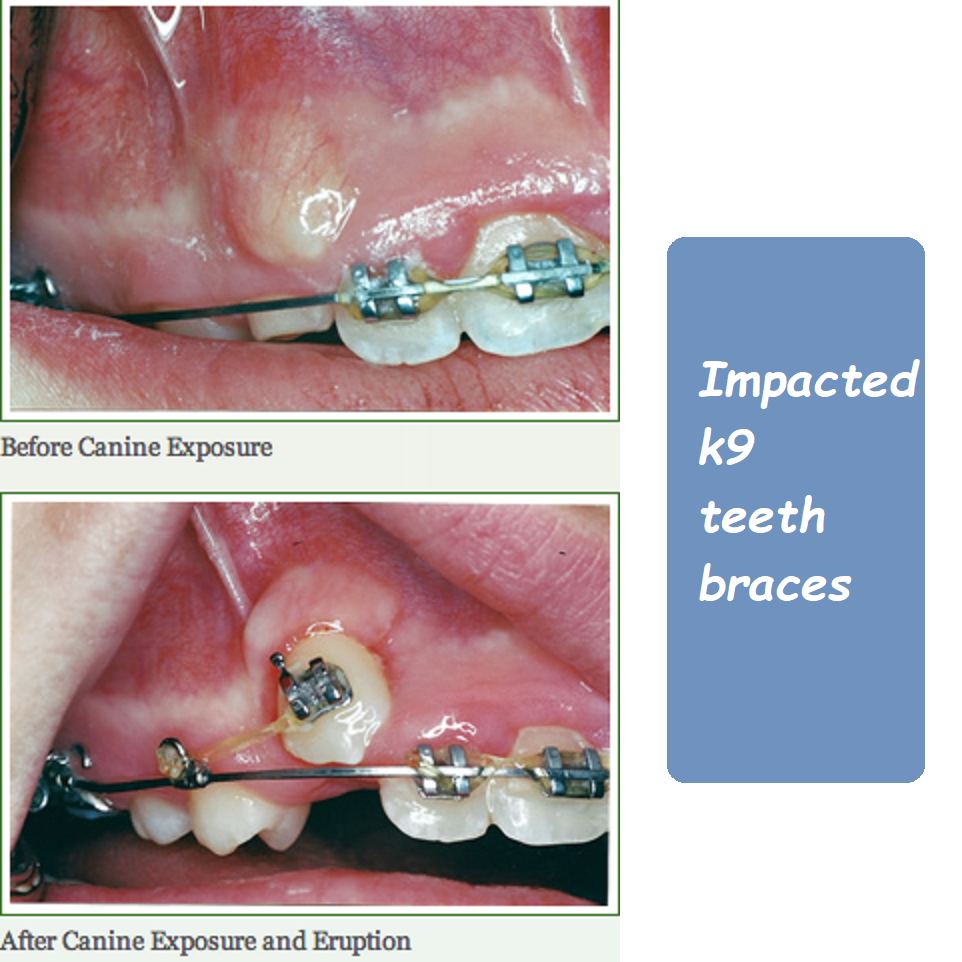i hate my teeth after invisalign

I Hate My Teeth After Invisalign: A Comprehensive Guide to Understanding and Addressing Your Concerns
Invisalign is a popular orthodontic treatment that promises a straighter, more attractive smile using clear aligners. However, not everyone is completely satisfied with the results. If you find yourself thinking, “I hate my teeth after Invisalign,” it’s essential to understand the reasons behind your dissatisfaction and explore the available solutions. This comprehensive guide will delve into the potential causes of your dissatisfaction, provide practical advice for addressing common issues, and offer guidance on achieving the smile you desire.
Common Reasons for Dissatisfaction with Invisalign Results
1. Unrealistic Expectations
Description: One of the most common reasons for dissatisfaction is having unrealistic expectations about the outcome. Invisalign can significantly improve the alignment of your teeth, but it may not achieve perfection for everyone.
Solution: It’s essential to have a thorough discussion with your orthodontist before starting treatment to understand the realistic outcomes and limitations of Invisalign. Knowing what to expect can help manage your expectations and avoid disappointment.
2. Incomplete Treatment
Description: Some individuals may not complete their Invisalign treatment as prescribed, leading to suboptimal results. This can happen due to not wearing the aligners for the recommended 22 hours a day or missing follow-up appointments.
Solution: Ensure that you follow your orthodontist’s instructions carefully. Wear your aligners as directed, attend all scheduled appointments, and communicate any difficulties you experience during treatment.
3. Poor Compliance with Retainers
Description: After completing Invisalign treatment, wearing retainers is crucial to maintain the new position of your teeth. Failing to wear retainers as prescribed can lead to teeth shifting back to their original positions.
Solution: Follow your orthodontist’s recommendations regarding retainer wear. Consistent use of retainers will help preserve the results of your treatment and prevent relapse.
4. Misaligned Expectations and Results
Description: Sometimes, the final results of Invisalign may not align with your initial expectations, leading to dissatisfaction. This could be due to various factors, including the complexity of your case or changes in your dental structure over time.
Solution: If you’re unhappy with the results, schedule a consultation with your orthodontist to discuss your concerns. They can evaluate your case and suggest potential solutions, such as additional aligners or alternative treatments.
5. Tooth Color and Shape Issues
Description: Invisalign focuses on aligning teeth, but it does not address issues related to tooth color, shape, or size. If you have concerns about the appearance of your teeth beyond alignment, you may still feel dissatisfied after treatment.
Solution: Consider additional cosmetic dental treatments such as teeth whitening, veneers, or bonding to enhance the overall appearance of your teeth. Consult with a cosmetic dentist to explore these options.
6. Gum Health and Appearance
Description: Gum health and appearance can significantly impact the overall aesthetics of your smile. Even with straight teeth, unhealthy or unattractive gums can affect your satisfaction with the results.
Solution: Maintain good oral hygiene practices and visit your dentist regularly for cleanings and check-ups. If needed, seek periodontal treatments to improve the health and appearance of your gums.
Practical Steps to Address Your Dissatisfaction
1. Re-Evaluate Your Treatment Plan
Description: If you’re unhappy with the results of your Invisalign treatment, consider re-evaluating your treatment plan with your orthodontist. They can assess whether additional aligners or refinements are needed.
Action:
- Schedule a follow-up appointment with your orthodontist.
- Discuss your concerns and desired outcomes.
- Explore the possibility of additional aligners or refinements to achieve your goals.
2. Consider Alternative Orthodontic Treatments
Description: In some cases, Invisalign may not be the best solution for achieving your desired results. Traditional braces or other orthodontic treatments might be more effective.
Action:
- Consult with your orthodontist about alternative treatment options.
- Get a second opinion from another orthodontist if needed.
- Consider the benefits and drawbacks of different orthodontic treatments.
3. Cosmetic Dental Procedures
Description: If alignment is not the only concern, cosmetic dental procedures can enhance the overall appearance of your teeth.
Action:
- Schedule a consultation with a cosmetic dentist.
- Discuss options such as teeth whitening, veneers, or bonding.
- Create a treatment plan that addresses both alignment and aesthetic concerns.
4. Maintain Good Oral Hygiene
Description: Ensuring that your teeth and gums are healthy is crucial for the overall appearance of your smile.
Action:
- Brush and floss regularly.
- Use an antiseptic mouthwash to reduce bacteria.
- Schedule regular dental cleanings and check-ups.
5. Emotional and Psychological Support
Description: Dissatisfaction with your smile can impact your self-esteem and emotional well-being. Seeking support can help you cope with these feelings.
Action:
- Talk to a trusted friend or family member about your concerns.
- Consider speaking with a therapist or counselor to address any emotional distress related to your dissatisfaction.
- Join online support groups or forums where you can share your experiences and get advice from others who have undergone similar treatments.
Preventive Measures for Future Satisfaction
1. Clear Communication with Your Orthodontist
Description: Effective communication with your orthodontist is crucial for ensuring that your expectations are aligned with the treatment outcomes.
Action:
- Ask detailed questions about the treatment process and expected results.
- Request to see before-and-after photos of previous patients with similar cases.
- Discuss any concerns or doubts you have before starting treatment.
2. Realistic Expectations
Description: Setting realistic expectations can help you feel more satisfied with the results of your treatment.
Action:
- Understand that Invisalign can significantly improve your smile but may not achieve perfection.
- Be aware that additional treatments may be needed to address cosmetic concerns beyond alignment.
3. Commitment to Treatment
Description: Your commitment to following the treatment plan is essential for achieving the best results.
Action:
- Wear your aligners for the recommended 22 hours a day.
- Attend all scheduled appointments and follow your orthodontist’s instructions.
- Use retainers consistently after completing treatment to maintain results.
4. Ongoing Dental Care
Description: Regular dental care is vital for maintaining the health and appearance of your teeth and gums.
Action:
- Schedule routine dental check-ups and cleanings every six months.
- Address any dental issues, such as cavities or gum disease, promptly.
- Maintain good oral hygiene practices at home.
Real-Life Success Stories
Case Study 1: Sarah’s Journey to a Beautiful Smile
Background: Sarah started her Invisalign treatment with high hopes of achieving a perfect smile. However, she was initially dissatisfied with the results, feeling that her teeth were not as straight as she had hoped.
Solution: Sarah scheduled a follow-up appointment with her orthodontist, who suggested a refinement phase with additional aligners. After completing the refinements and incorporating teeth whitening treatments, Sarah was thrilled with her final results.
Outcome: Sarah’s commitment to following her orthodontist’s recommendations and her willingness to explore additional treatments led to a beautiful, confident smile.
Case Study 2: John’s Transformation with Invisalign and Veneers
Background: John completed his Invisalign treatment but was still unhappy with the shape and color of his teeth. He felt that his smile did not meet his expectations.
Solution: John consulted with a cosmetic dentist who recommended veneers to enhance the appearance of his teeth. After undergoing the veneer procedure, John was delighted with the transformation.
Outcome: By combining orthodontic treatment with cosmetic dental procedures, John achieved the smile he had always wanted.
Case Study 3: Emily’s Experience with Ongoing Dental Care
Background: Emily was initially pleased with her Invisalign results but noticed some minor shifting of her teeth over time. She also felt that her gums did not look as healthy as she wanted.
Solution: Emily committed to wearing her retainers consistently and scheduled regular dental cleanings. She also worked with her dentist to improve her gum health through periodontal treatments.
Outcome: Emily’s dedication to ongoing dental care helped her maintain her Invisalign results and achieve a healthier, more attractive smile.
Conclusion
Feeling dissatisfied with your teeth after Invisalign can be frustrating, but there are many ways to address and resolve these concerns. By understanding the common reasons for dissatisfaction, exploring practical solutions, and committing to preventive measures, you can achieve the smile you desire. Effective communication with your orthodontist, realistic expectations, and a commitment to treatment and ongoing dental care are key to a successful and satisfying orthodontic journey.
Remember, achieving the perfect smile may require a combination of treatments and a proactive approach to dental health. Don’t hesitate to seek professional advice and explore all available options to enhance your smile and boost your confidence. With the right care and attention, you can turn your dissatisfaction into a positive and rewarding experience.

